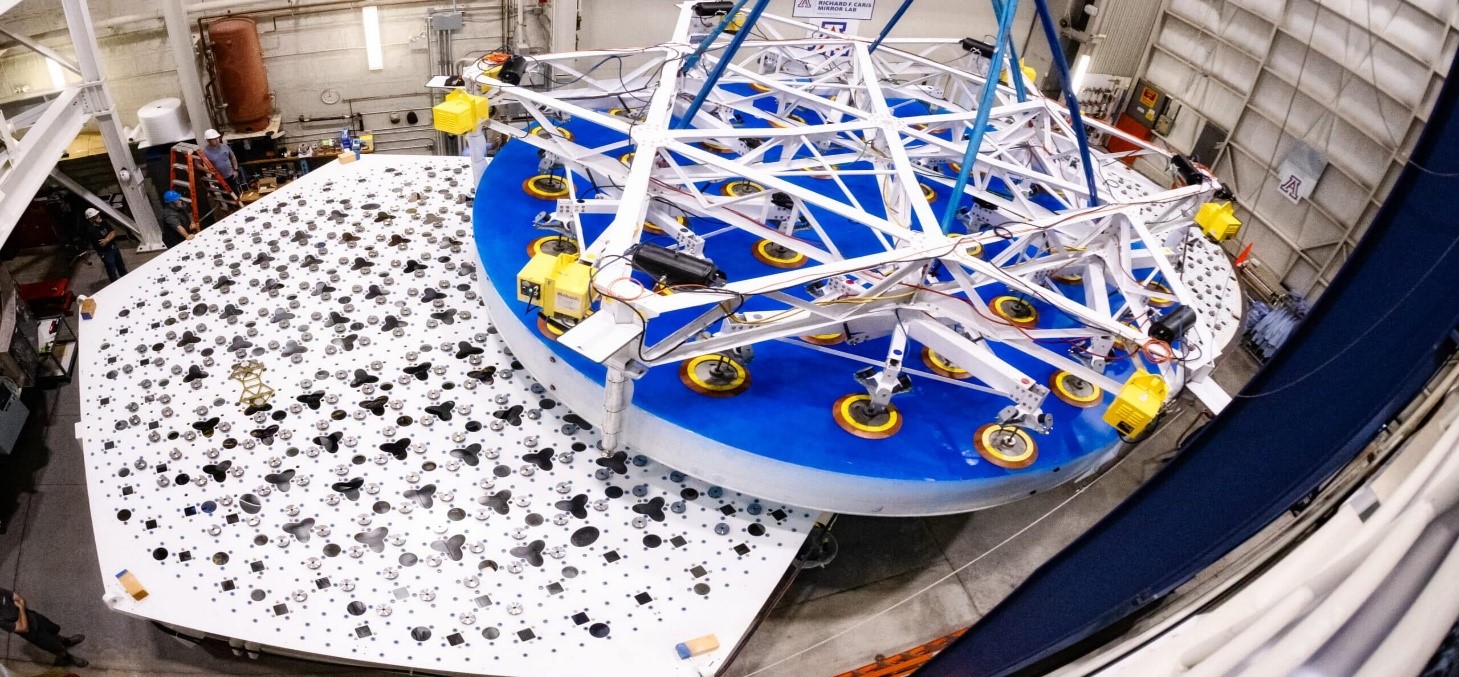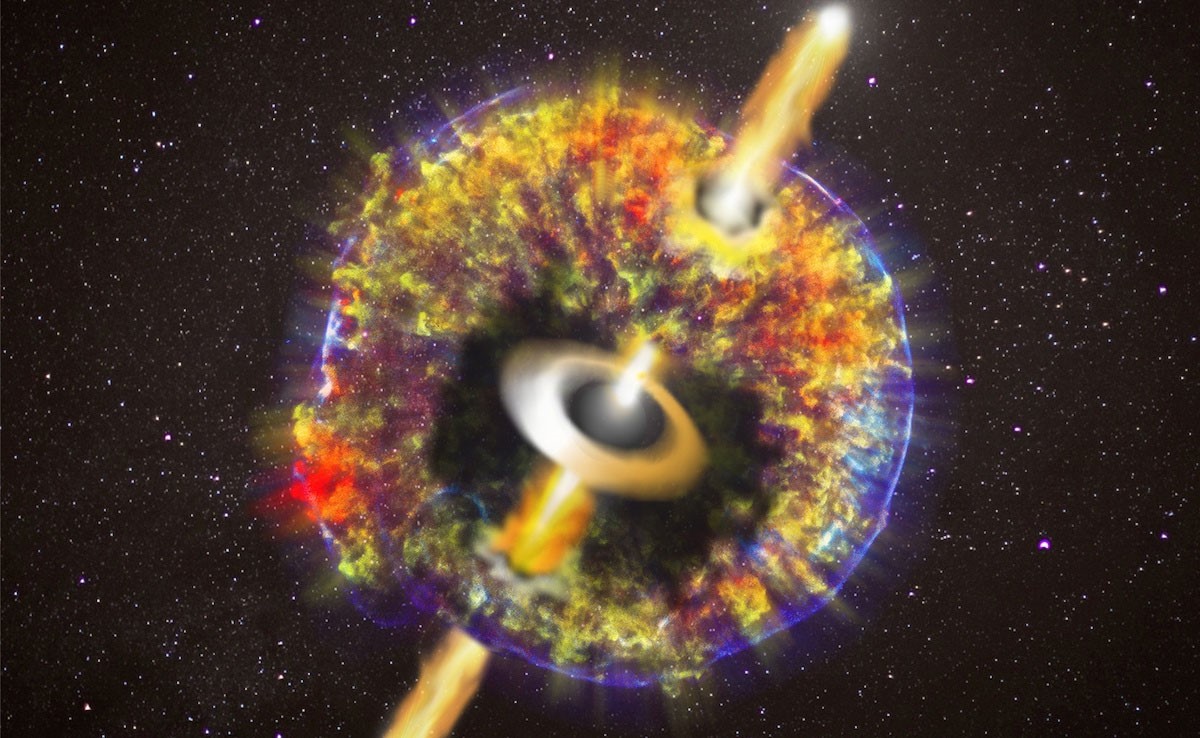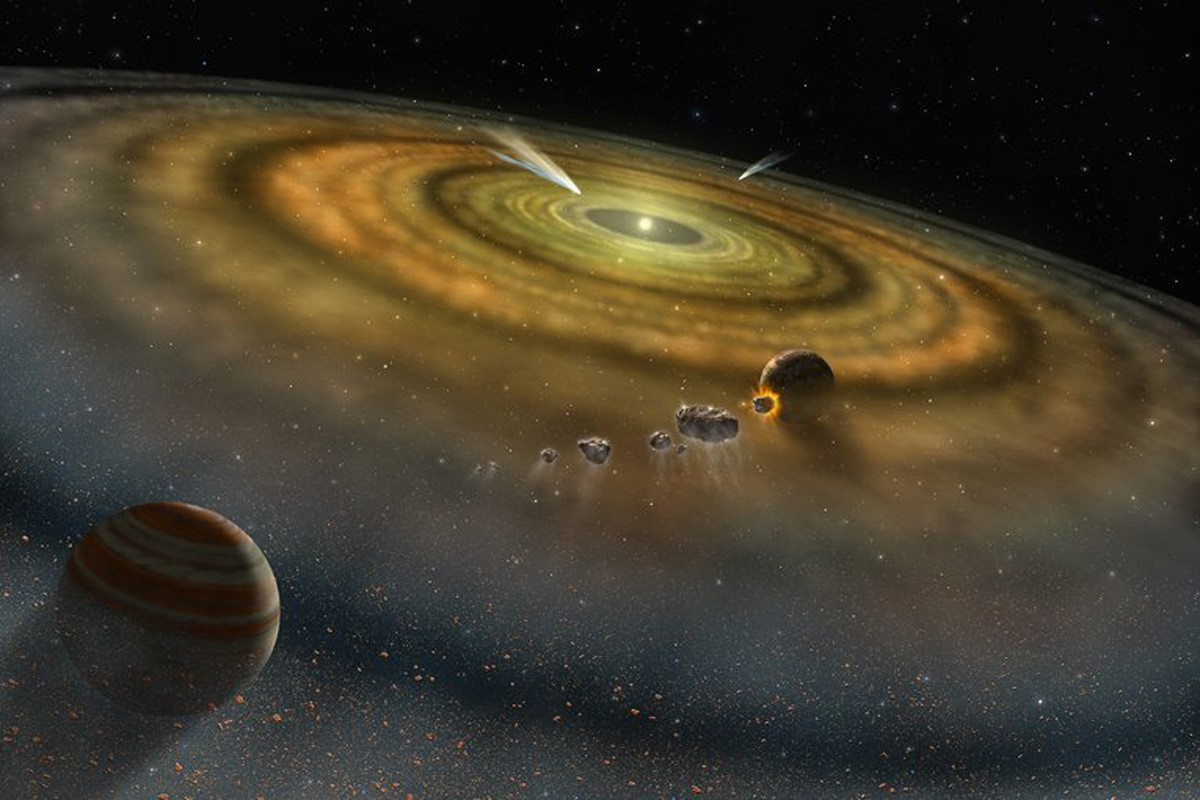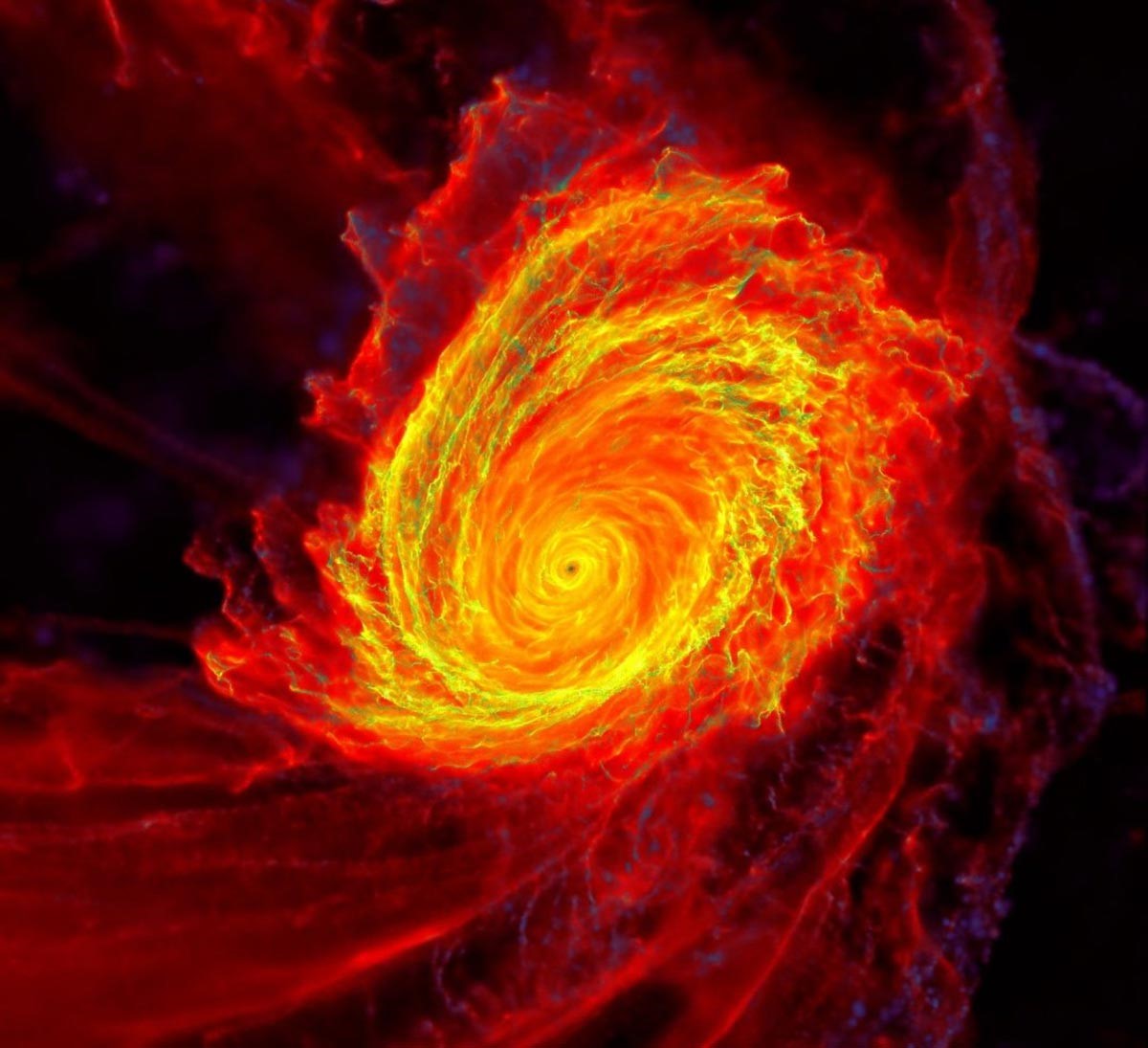Breakthrough in Origins of Life: Gamma Radiation Can Form Life’s Building Blocks from Simple Gases
Gamma radiation converts methane into glycine and other complex molecules.
A research team in Angewandte Chemie reveals that gamma radiation can convert methane into a variety of products at room temperature, including hydrocarbons, oxygenated molecules, and amino acids. This process likely contributes to the formation of complex organic molecules in the universe and may play a role in the origins of life. It also opens new possibilities for the industrial conversion of methane into valuable products under mild conditions.

Figure 1. Gamma Radiation Converts Methane into Complex Molecules, Revealing Insights for Space and Industry
Led by Weixin Huang at the University of Science and Technology of China (Hefei), the research team has advanced our understanding of the early development of molecules in the universe. Huang explains, “Gamma rays, high-energy photons found in cosmic rays and from unstable isotope decay, supply external energy to drive chemical reactions in the icy mantles of interstellar dust and ice grains. [1] This process leads to the formation of more complex organic molecules, likely beginning with methane (CH4), which is abundant in the interstellar medium.” Figure 1 shows Gamma Radiation Converts Methane into Complex Molecules, Revealing Insights for Space and Industry.
Reactions of Methane Under Different Conditions
Unlike most studies of cosmic processes, which simulate extreme conditions such as vacuum and low temperatures, the Chinese research team examined methane reactions at room temperature in both gas and aqueous phases under cobalt-60 radiation. The results showed that pure methane reacts with low efficiency to produce ethane, propane, and hydrogen. Adding oxygen enhanced the reaction, yielding primarily CO2, CO, ethylene, and water. In the presence of water, aqueous methane produced acetone and tertiary butyl alcohol, while in the gas phase, it produced ethane and propane.
Reactions Accelerated by Water and Oxygen
The presence of both water and oxygen significantly accelerates the reactions. In the aqueous phase, products such as formaldehyde, acetic acid, and acetone are formed. When ammonia is added, acetic acid is converted into glycine, an amino acid commonly found in space. "Under gamma radiation, glycine can be produced from methane, oxygen, water, and ammonia—molecules abundant in space," explains Huang. The team has developed a reaction pathway that outlines how these products are formed, with oxygen (∙O2−) and ∙OH radicals playing a crucial role. These radical-driven mechanisms are not temperature-dependent, suggesting they could occur in space as well.
Additionally, the team demonstrated that various solid particles, components of interstellar dust—such as silicon dioxide, iron oxide, magnesium silicate, and graphene oxide—alter the product selectivity in distinct ways. [2] This variation in the composition of interstellar dust may help explain the uneven distribution of molecules observed in space.
Silicon dioxide, in particular, promotes a more selective conversion of methane into acetic acid. Huang notes, "Since gamma radiation is an easily accessible, safe, and sustainable energy source, this could provide a novel approach for using methane as a carbon source, efficiently converting it into value-added products under mild conditions—a long-standing challenge in industrial synthetic chemistry."
Reference:
- https://scitechdaily.com/origin-of-life-breakthrough-new-research-shows-gamma-radiation-can-create-lifes-building-blocks-from-simple-gases/
- https://phys.org/news/2024-11-gamma-methane-complex-molecules-life.amp
Cite this article:
Janani R (2024), Breakthrough in Origins of Life: Gamma Radiation Can Form Life’s Building Blocks from Simple Gases, AnaTechMaz, pp. 129















